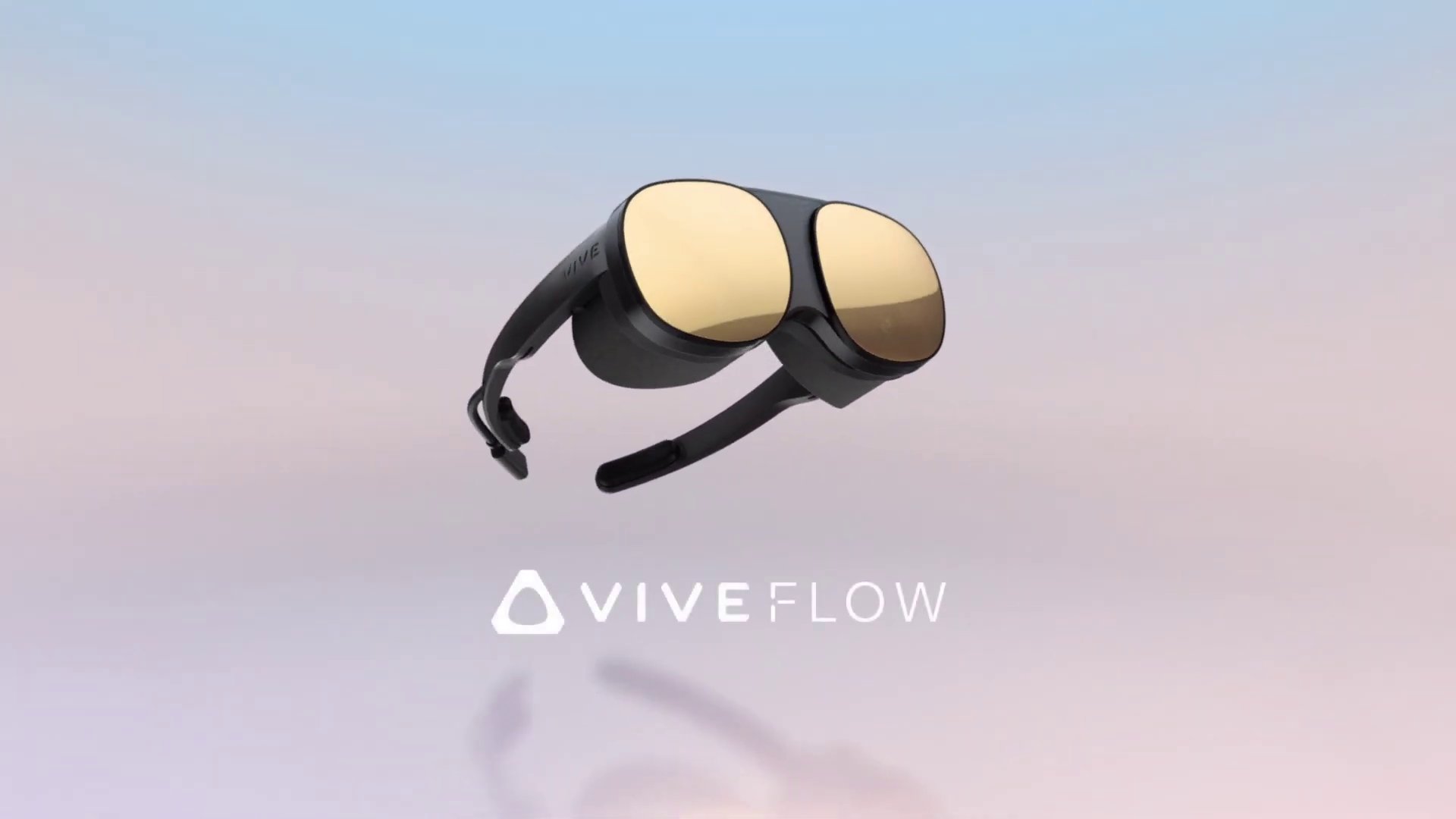Social VR eliminates the distance between us.
As we adapt to the new norm, we change our way of life and abide by social distancing rules. However, social isolation can be frustrating, especially for those who look forward to daily interactions with other people.
Fortunately, technology helps us overcome the challenge of remaining connected. It reduces the effects of physical distancing and keeps us connected despite limited face-to-face interactions. On the other hand, even technology has its constraints.
The Constraints of Teleconferencing
When the pandemic hit, we all turned to teleconferencing technologies to keep in touch with everyone else. Friends and family called each other on FaceTime or Skype. Corporate heads conducted meetings through Zoom. Teachers held classes on Google Classroom.
These teleconferencing technologies enable us to see and hear each other, share screens and files, and collaborate on projects. However, they still don’t provide the same experience as face-to-face interactions.
More Personal Interaction With Virtual Reality Headsets
This is where VR technology becomes more useful. Aside from enabling real-time feedback and collaboration, virtual reality also creates a more realistic form of interaction. It uses holographic elements to place people together in the same virtual environment wherever they are in the world.
With VR, participants in a call or teleconference are not just images inside a box. In platforms, such as MeetinVR, AltspaceVR, or Hyperfair, you can each have your own avatars or 3D characters.
These avatars are set in a virtual environment that’s often based on real places such as the company meeting room. The avatars can also mimic eye movements and facial expressions so that interactions become more lifelike and personal.
In teleconferencing, it isn’t possible to simultaneously look directly at the camera and see the face of the person you’re talking to on the screen. But virtual reality headsets make this possible. As your avatars talk to each other, you can make eye contact similar to how you do it in real life.
Virtual reality also makes it possible to break into small clusters without having to leave a teleconference. If you want to chat with the person beside you, you can simply turn to their direction and talk without disrupting the whole conference.
Moreover, VR encourages more active participation. Instead of passively listening or just sitting in front of your computer, you’re compelled to engage in the discussion or activity. This is why VR is now used for virtual classes and social gatherings.
Stay Connected While Social Distancing via Virtual Reality Headsets
During this challenging phase in our lives, we can utilize all the technologies available to keep connected. Among those technologies is virtual reality.
Thanks to virtual reality headsets, interactions can be more natural even when we’re miles away from each other. This not only helps businesses thrive but also helps keep feelings of loneliness and isolation at bay.
Quelle:
Social VR: Virtual Reality Headsets Eliminating the Distance Between Us




